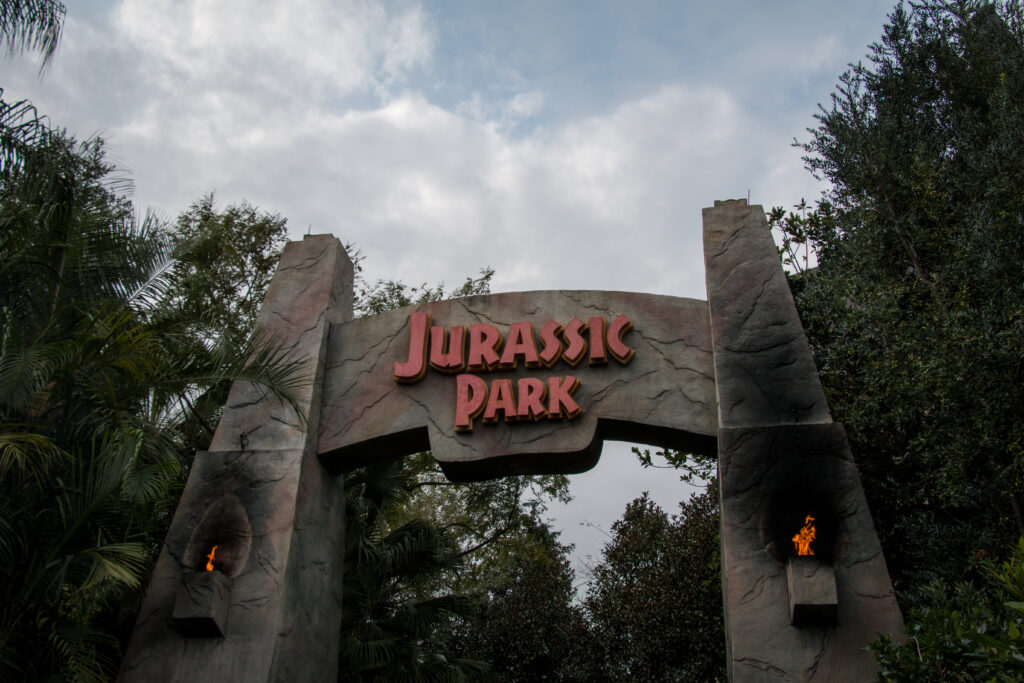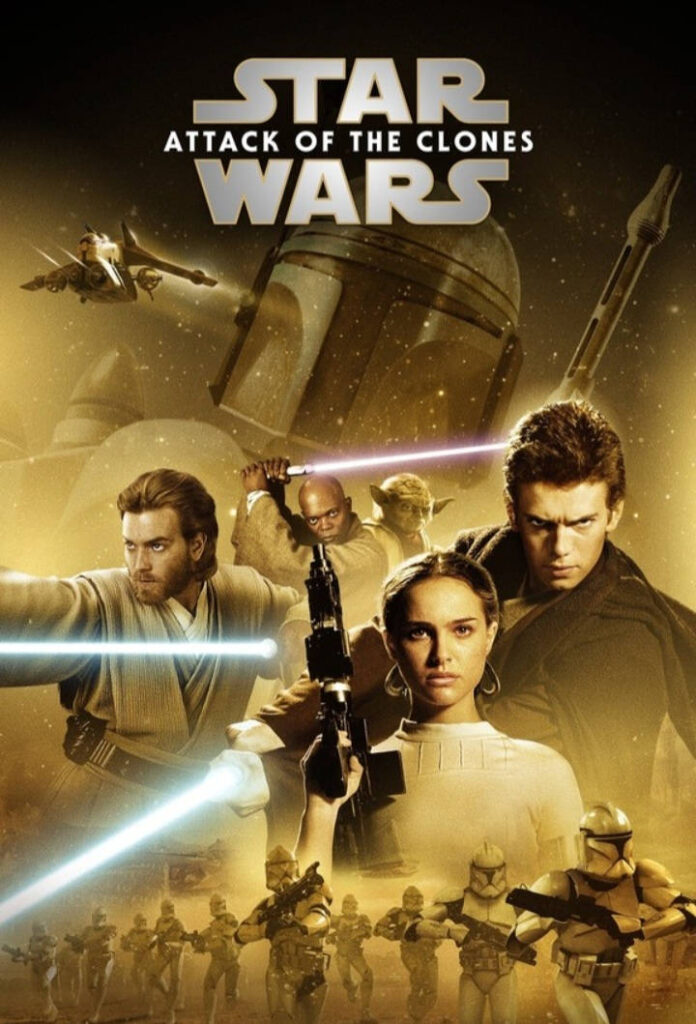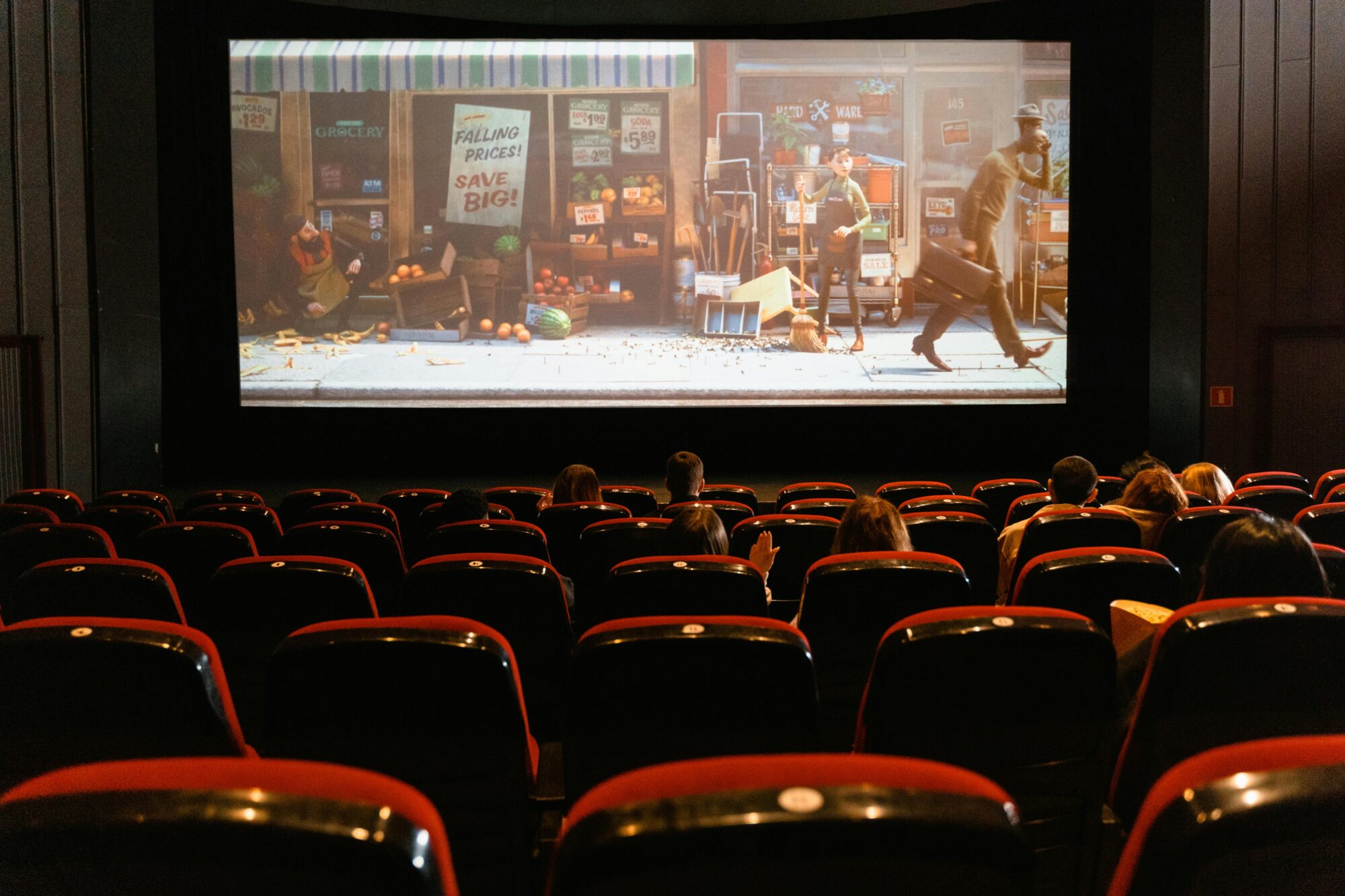In this article..
The Clash of Science and Fiction, the Portrayal of Biotechnology in Films
Looking at some popular science fiction (Sci-fi) movies and TV series, it is fascinating to see how closely the line between science and fiction can be blurred. The portrayal of biotechnology in media has always taken a step into fiction, however, some movies and TV shows have solid foundations in real science and highlight the exciting (and scary) potential of biotechnology.
There are endless examples of biotechnology in sci-fi films, making it impossible to touch on every example. Therefore, I will focus on three of my favourite portrayals and investigate their use of biotechnology. Although I’m only focussing on three examples, future articles, podcasts and newsletters will continue to discuss how biotech has been depicted in media. Hopefully, you’ve seen these films/TV shows, as I don’t have time to explain entire plotlines.
1. Jurassic Park
Biotechnology Used: DNA Recombination, Cloning and Genetic Editing
The original Jurassic Park movies are an obvious choice when looking at science fiction films and their portrayal of biotechnology. If you haven’t seen Jurassic Park, the basic premise is that scientists ‘de-extinct’ the dinosaurs by extracting ancient DNA from blood in mosquitoes fossilised in amber.
The concept that DNA could be stored and then extracted from ancient blood in mosquitoes fossilised in amber is interesting. However, when you consider that DNA is very fragile and scientists have only been able to successfully retrieve 1.2-million-year-old DNA, it seems less likely, given the fact that dinosaurs roamed over 60 million years ago.

A main attribute to the successful de-extinction of the dinosaurs in the film is the use of frog DNA to fill in the gaps of the ancient dinosaur DNA. In this case, that wouldn’t have worked, as it would be impossible to determine where the gaps and errors in the genomes were by simply looking at ancient DNA without a complete genetic profile or ‘template’.
Utilising the methods used in the films, the de-extinction of dinosaurs wouldn’t have been successful. However, with current gene technologies, and relative success in animal cloning in the last 20 years, the idea of de-extinction is possible and would be revolutionary in conservation science.
De-extinction in animal conservation has become an increasingly popular area of focus in biotechnology. However, we will cover that in another article to properly explain the topic.
Back to Jurassic Park, if you’ve seen the movies, you know the underlying message is that, just because we can do it, doesn’t mean we should. Or as Jeff Goulburn’s character Ian Malcom says, “Your scientists were so preoccupied with whether or not they could, they didn’t stop to think if they should”. This highlights the importance of ethics and the risk-to-reward ratio which are fundamental concepts in biotechnology
When looking at the Jurassic World movies (the sequel trilogy), this concept comes heavily into play, as scientists begin to genetically edit and splice the genomes of dinosaurs, creating new species.
Overall, Jurassic Park is an epic movie franchise that took bits of science to create an entertaining concept. And who doesn’t love dinosaurs? The depiction and accuracy of the science weren’t entirely there, however, considering the movie was created when animal cloning was a novel concept, they did a good job of showing the crazy potential of biotechnology.
2. Star Wars: Attack of the Clones
Biotechnology Used: Cloning

Following the theme of cloning, Star Wars: Attack of the Clones is another example of biotechnology being used in films. However, this example crosses a very bold ethical line with human cloning and eugenics.
In the film, the Kaminoans created the >5 million strong clone army using the genetic profile of Jango Fett. In animal cloning, using a generic template of an existing individual is essential for the whole concept of a genetic clone.
Although, scientists know the mechanics of cloning since Dolly the sheep, it doesn’t mean that the process was easy. The cloning method used for Dolly is known as Somatic Cell Nuclear Transfer (SCNT), which although successful, took hundreds of attempts. Not to mention, the process has a vast potential for error, causing undesirable mutations.
The Kaminoans go off the rails by growing the clones into fully grown humans in VAT tanks. Currently, cloning requires a surrogate individual to grow the embryo into an infant. In saying that, biotechnologists are currently attempting to develop artificial wombs that could make science fiction, a reality. Although this technology of artificial wombs is still a long way off, it could provide a revolutionary technology that could help prevent death and disability in babies born significantly preterm.
Cloning is an extremely complex topic in biotechnology, and if you’re interested in discovering more, let us know and we can dive deeper into this complex and exciting topic. Star Wars succeeded in showing the wild potential of human cloning, and the biotech industry. However, for the sake of cinema, they went a step beyond, into science-fiction.
3. Rampage
Biotechnology Used: CRISPR
One of the most exciting uses of biotech in cinema was in Rampage, which features The Rock and a giant albino monkey. In the movie, they utilise CRISPR gene-editing technology. The CRISPR or more specifically the CRISPR-Cas9 system is arguably one of the most revolutionary biotechnological innovations of the last 20 years. CRISPR, short for Clustered Regularly Interspaced Short Palindromic Repeats, is a complex gene editing technology. However, in simple terms, it is a method of targeting a specific section of DNA inside a cell, and along with the Cas9 protein, the CRISPR-Cas9 system can alter the DNA, by adding, removing, and/or replacing sections of DNA to activate or deactivate certain genes.

The issue with this portrayal is that the effects of the CRISPR-Cas9 system had an almost immediate impact on the exposed individuals. However, in reality, these changes would only come into effect in future generations. Additionally, the CRISPR system wouldn’t have been able to change the multiple genes to give the various phenotypic changes seen; spikes, increased size, increased senses, etc…
Similar to Jurassic Park and The Clone Wars, in terms of feasibility, the biotechnology techniques used in Rampage exist. Further, with the expansive and continuously developing nature of the industry, these technologies could one day reach the level of sophistication seen in the movies. However, once again it comes down to ethics.
For more about CRISPR-Cas9, check out Harry’s article Everything you need to know about CRISPR.
Extra: The Creator
Biotechnology Used: AI
The Creator is a relatively new movie, touching on discussions around AI, which has become a prevent topic in recent years. Dan wrote an exceptional article on the application of AI in the biotechnology industry, which you should read.
The film is set 15 years post an AI revolution in which AI sets off a nuclear weapon in Los Angeles, causing a war between humanity and AI. A major theme in the movies is the moral dilemma of whether AI is a threat or our fear of it is the real threat.
AI is a topic that we will continue to unpack at Biostache, however, if you have any interesting opinions or discussion points, please contact us as we would love to talk.
What Is The Message?
Biotechnology has been endlessly portrayed in films and TV shows, however, if you think about it, there is a common running theme. Consider the list of films and TV shows below:
- The Terminator
- Jurassic Park (and Jurassic World)
- Rampage
- Star Wars: Attack of the Clones
- Black Mirror
- Blade Runner 2049
- Splice
- Venom
- Mission-Impossible 2
- The Matrix
- Rise of the Planet of the Apes
Who are the villains in these films? In most cases, even if unintentionally, the big biotech company or crazy scientists are the villains.
Yes, these people were using biotechnology to gain power and exploit others by ignoring the ethical barriers present. My point is that in the films, biotechnology has received a bad reputation that is somewhat unfair and has potentially led to distrust and misconceptions about the industry. Luckily, the Biostache team is here to answer any questions you have regarding biotechnology.
Please contact us on social media, or by using the Contact Us form on our website, if you have any biotech-related questions.
